As small as spark plugs may seem, we should not neglect or ignore them. But spark plugs play an essential role in your car’s efficiency. I’ll cover all you need to know about spark plugs in this article.
Read on.
How do Spark Plugs Work?
A spark plug has the role of igniting the air and fuel mixture inside your engine’s combustion chamber. With the tiny spark that causes the first ignition, your car’s engine has enough power to start. Once lit, the spark plugs do not sustain the power. They begin to send heat away from the combustion chamber.
After the first ignition, caused by the spark plugs, a chain reaction occurs. The first small explosion drives the next, and so on. But without the first ignition of that air/fuel mixture, the car cannot start. So yes, they are pretty important.
How often should spark plugs be changed?
Thankfully, spark plugs are pretty resistant.
Most service manuals recommend replacing them between 30,000 miles (or roughly 50,000 km) and 50,000 miles (about 80,000 km), especially for newer cars with Platinum or Iridium spark plugs.
Older cars, and even some newer ones, do come with copper spark plugs. These usually go bad faster. Of course, if your car has copper spark plugs, you can change them for Platinum or Iridium ones when the copper ones go bad. Make sure to check your vehicle’s manual on how often you should service the spark plugs.
How to tell if spark plugs are going bad?
If you reach the required mileage and your spark plugs are due for a change, I’d just change them.
But there are signs that they are worn out or starting to be quite worn. So once every oil change or once a year, I’d also check them.
A normal, used, and still in good shape spark plug will have a brown or grayish deposit on the side electrode.
Some signs that your spark plugs are close to going bad or are bad (see photo gallery below for visual examples):
- carbon fouled spark plug: black, dry soot on the electrodes and the insulator tip; this can still work, but it’s getting quite worn out. It can be caused by a dirty air filter, excessive driving at low speeds or even excessive idling;
- oil deposits on spark plug: you might have some oil leaks into the cylinders or valve guides that are worn. Consult a mechanic, and then change the spark plugs!
- wet spark plugs: can be a result of engine flooding, like trying to start the engine without it firing up. You can let them dry or clean them. They’ll most likely be ok for a while (unless other bad signs are present along with the ‘wetness’);
- burned spark plugs: blisters on the insulator tip, melted electrodes, and even white deposits are all signs of a burned spark plug – that means it is running too hot. Causes can include engine overheating, a loose spark plug, incorrect ignition timing and even a too lean of an air to fuel mixture. You should replace a burned spark plug.
- worn electrodes: it’s just gone. Time to change it. If it’s gotten effectively worn, it probably ran for a good while.
- broken electrodes: fair to say you need to replace a broken spark plug. No debate.
5 Common Symptoms of Bad Spark Plugs
Let’s see what are common symptoms of bad spark plugs. Sometimes you can guess or suspect faulty spark plugs, just by the way you car is behaving.
Engine misfires
If a bad spark plug delays the combustion effect, we get an engine misfire. This means that one or more of your engine’s cylinders are not producing the power they should.
An engine that misfires works a lot harder, and that translates to bad fuel economy. Furthermore, when that fuel and vapor that did not ignite when it should eventually will catch fire and detonate – you’ll notice this by a knocking sound from your engine.
Distinct engine knocking
If, when accelerating, you hear the engine making a distinct knocking sound, you should check your spark plugs. The fact that your spark plugs are not detonating properly and igniting all the fuel causes this.
Rough idling
Obviously, a bad spark plug will not produce spark as designed. Especially cold and wet mornings (but not necessarily) combined with a delayed spark will make your engine hard to idle properly. So it will fluctuate and be in an obvious ‘not well’ state.
Slow and rough start
Your car’s engine really needs a strong spark to get all cylinders firing on time. If your car is especially stubborn to start after sitting for a few hours, your might have bad spark plugs.
Increased fuel consumption
Just by reading the above points, we already know that a sudden increase in fuel consumption might mean that one or several of your spark plugs have decided that they want to be changed.
So if the above symptoms are not very obvious and fuel economy has gone visibly bad, at least check your spark plugs. It may just be the problem.
That’s about it
Replacing spark plugs is real easy. It just doesn’t always come to mind first, as they are such a small part, and they last so much that you can forget about them (but you should know when were they last changed or at least when you eventually change them make a note).
But having a spark plug go bad might give you a lot of headaches. So now you know what to look for, just in case!
And if you don’t know how to find the spark plug model you need, apart from your local automotive store or a dedicated online shop, some manufacturers like NGK and Champion have some part finder utilities so you can see what spark plugs they manufacture for your specific car and engine. Pretty neat!
While you’re here, did you read my ultimate maintenance guide? I bet you’ll find it useful!


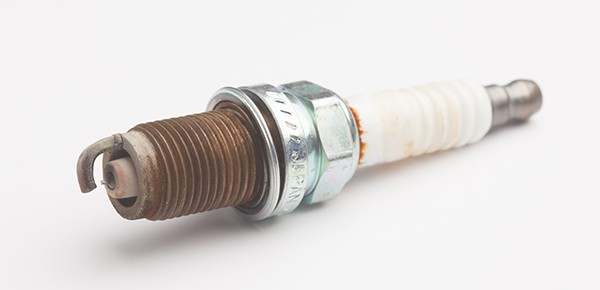
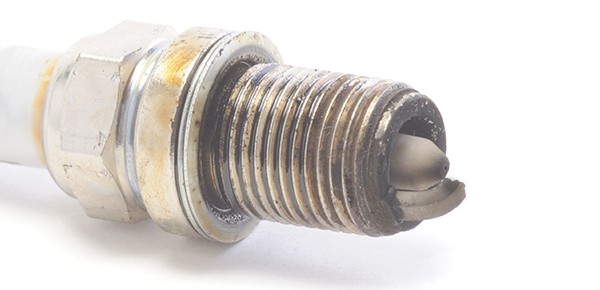
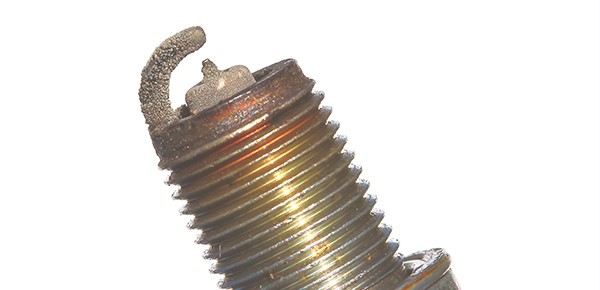
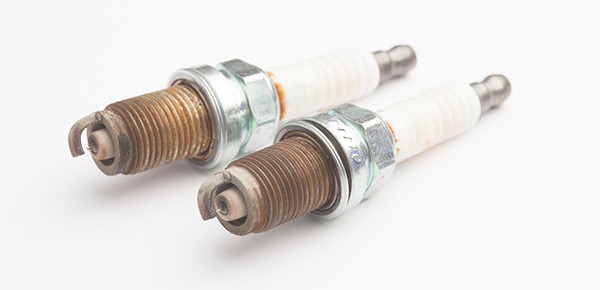
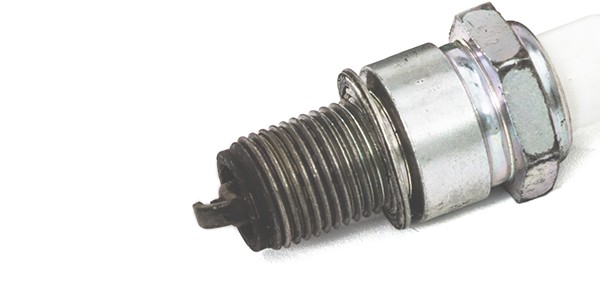
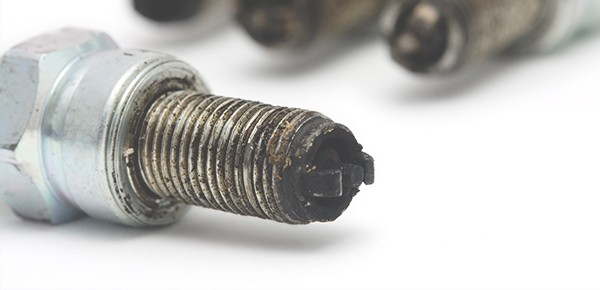
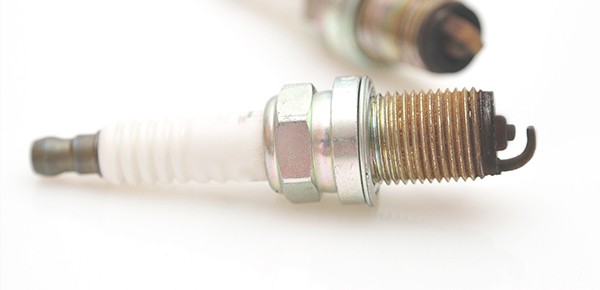
Comments are closed.